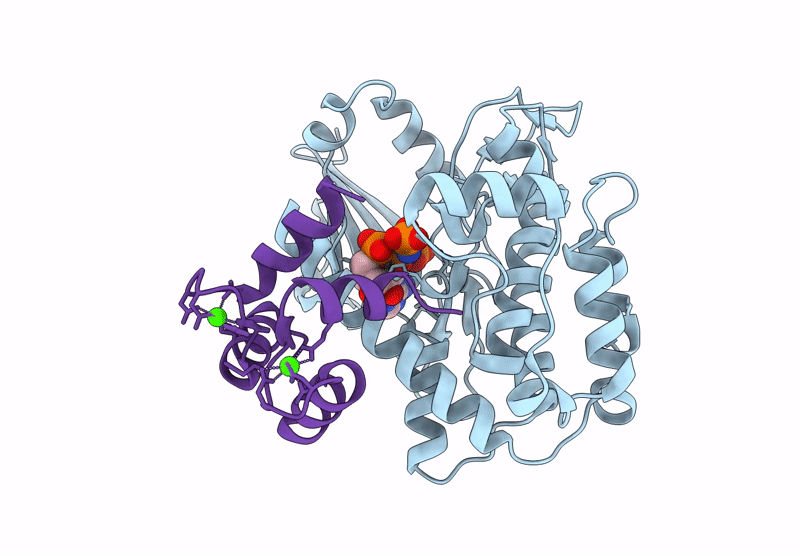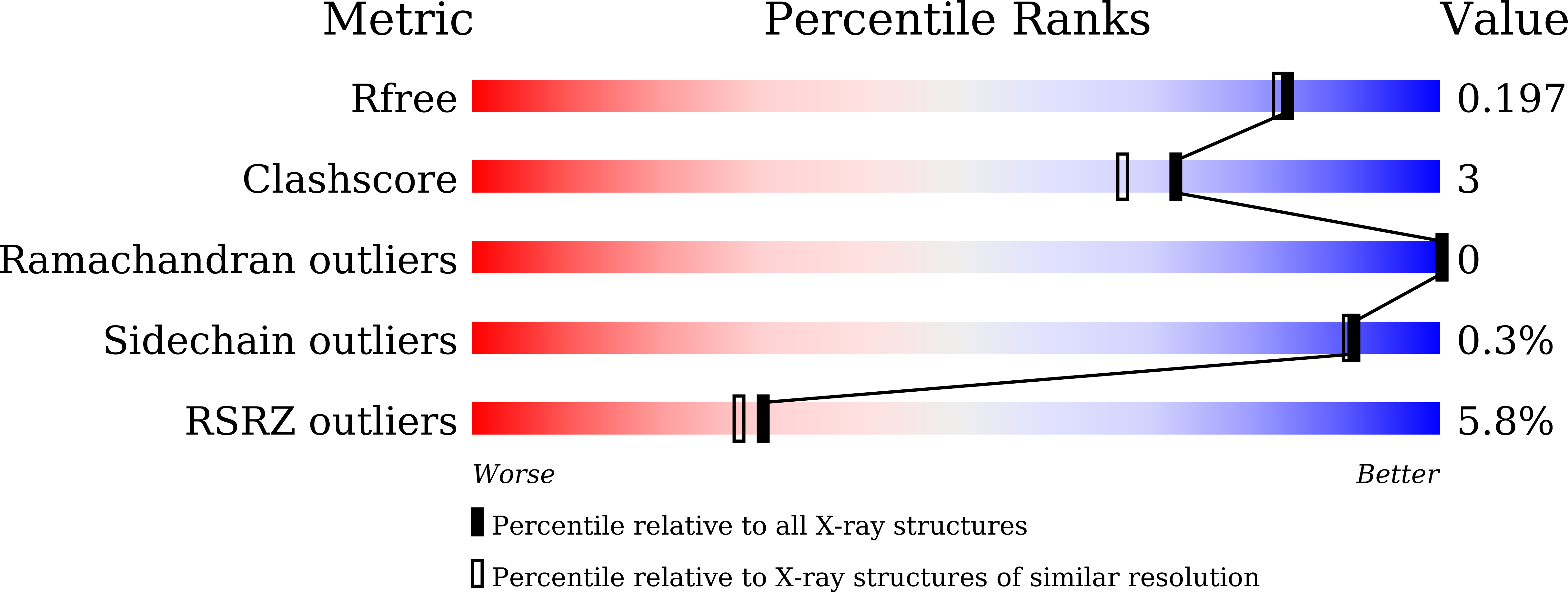
Deposition Date
2025-03-06
Release Date
2025-11-12
Last Version Date
2025-11-19
Entry Detail
PDB ID:
9M5Y
Keywords:
Title:
the crystal structure of the Ca2+/CaM-CASK-CaMK complex
Biological Source:
Source Organism:
Homo sapiens (Taxon ID: 9606)
Rattus norvegicus (Taxon ID: 10116)
Rattus norvegicus (Taxon ID: 10116)
Host Organism:
Method Details:
Experimental Method:
Resolution:
1.80 Å
R-Value Free:
0.19
R-Value Work:
0.16
R-Value Observed:
0.16
Space Group:
P 21 21 21


